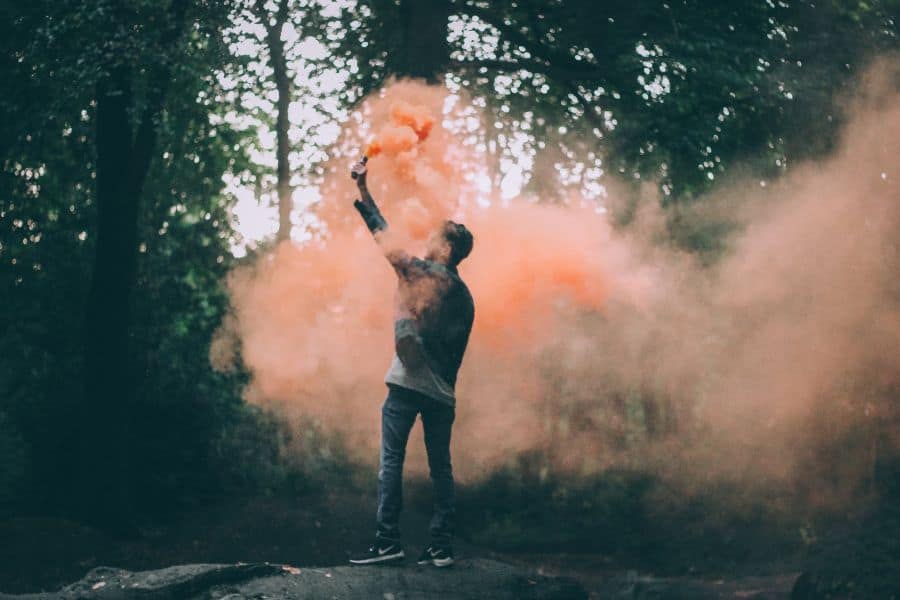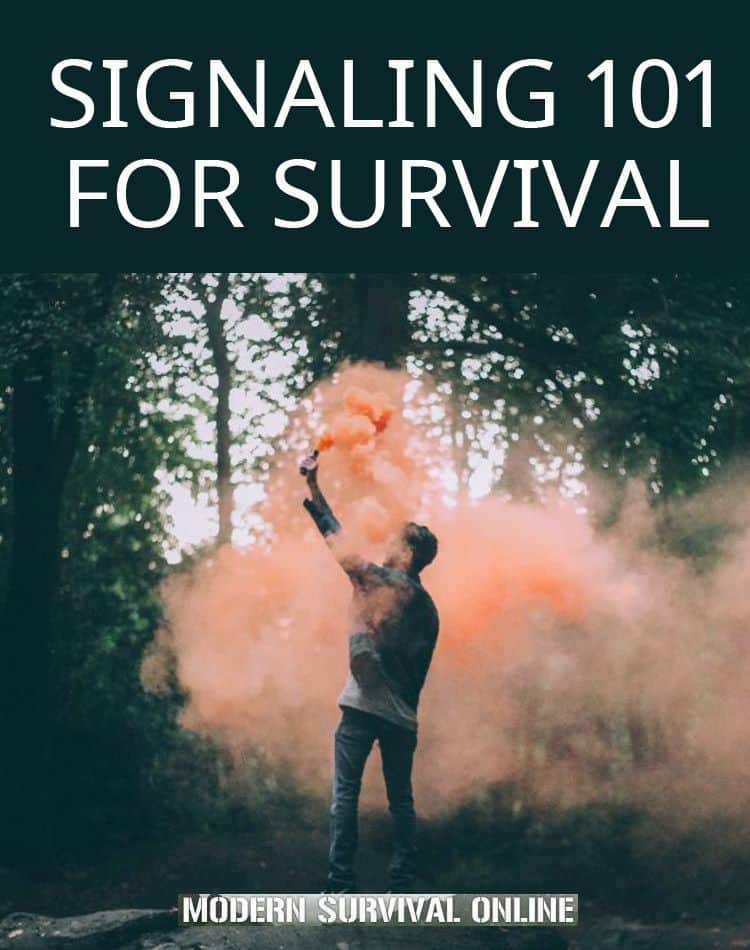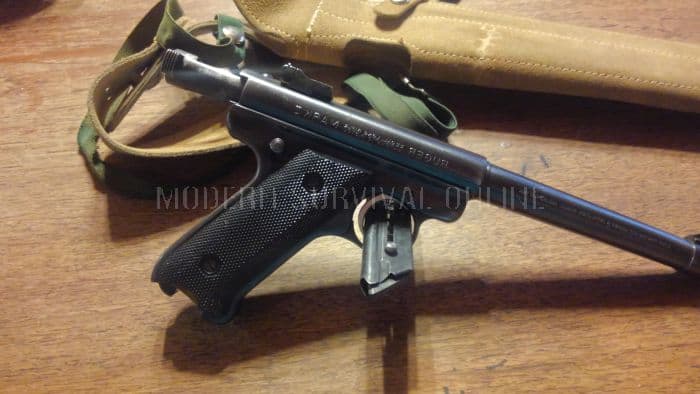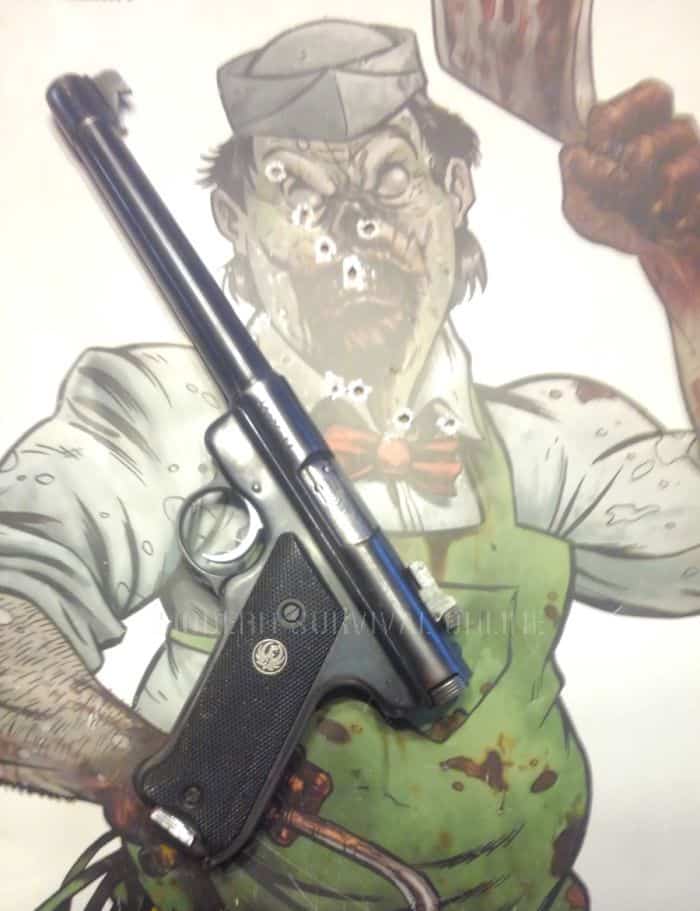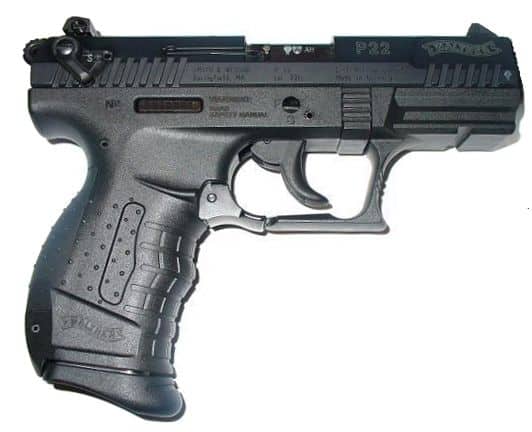by Charles
As hard as this may be to believe for some of you, not everyone likes guns. I know, I know, sit down if you feel woozy. It’s true, though: some folks do not, in fact, take to the way of the gun like a duck to water.
This does not mean that a person is against guns, however. Big difference. I have known and helped a score of people in my career that were ethically and practically for firearms, but they themselves did not like them, were stressed out by them or otherwise somehow perturbed by them.
Every once in a while one of these folks has need for a gun and the whole process is a quagmire of fear, stress and uncertainty. Heck, you may be one of those people, and have come across this very article in your search for answers and relief. Whoever you are, reader, in this article I will be dishing up some straight answers and ace handgun recommendations to help ease the passage of a person from “gunless” to well-heeled.
So grab you note pad and let’s get into it.
The Conflict of the Pro-Gun Gun-Hater
“Pro-gun gun-hater” is my blanket term for the prospective new gun owner or shooter who is, for whatever reason, sort of being pushed into using a gun against their desires. They obviously are not an aficionado or connoisseur. They are not even a normal everyman shooter. Sadly, they are not even a hapless but well-intentioned amateur. The pro-gun gun-hater’s feelings against using or owning a gun are genuine.
These folks generally, sincerely do not like guns on a visceral personal level. They may be pro-gun rights. They might be pro-guns all the way around, but they simply cannot or will not get aboard that train themselves.
Their reasons vary: maybe it was a bad experience shooting that rendered them, literally, gun shy ever after. Maybe it is a crushing lack of confidence, or the feeling of already missing out on too much experience compared to peers who have been shooting for a while. Some may lack the strength or coordination to operate a gun well, and so have given up.
Some may even be naïve, to a degree: they are just fine with their neighbors, friends and relatives having and using guns, but they have never had need for one (“It won’t happen to me.” Or “bad stuff does not happen here.”) A few might simply be intimidated by the noise and blast of a gun, and their nerves cannot take the strain.
Doubtless there will be a few in there who are merely too lazy or unmotivated to invest the considerable time and effort it takes to master using a gun well and safely. A sorry, poor few in this lot might be victims of violent crime or a close call, and are revising their once-held beliefs to the contrary regarding guns in civilian hands.
Whatever the case, these people deserve help, guidance and the best chance to succeed at their new venture, and understanding their unique situations and attitude is important to kitting them out with the right tools.
Helping the Uninitiated and Unmotivated Get the Right Tools
This can present a unique challenge for gun sellers, teachers, experienced friends or family and so forth. Recommendations and decisions for firearm selection that are trotted out for enthusiastic or motivated beginners may not apply for our pro-gun gun-hater friends.
An honest assessment of their intent will likely reveal that even now, no matter what has driven them “upstream” of their personal values into getting a gun is not enough to get them regularly training, practicing and the like.
Overwhelmingly, these people will never consider anything at all beyond a handgun. A long gun is a “big gun” and they simply are not big gun people, no matter what with scarce exceptions.
For most of them, the handgun will be the equivalent of a fire extinguisher: purchased, given cursory investigation as to its use and then put away with the whispered prayer that they will never have to use it, even now. In fact, the less they have to think about the gun or be reminded of its presence, the better.
Why Should an Experienced Shooter Care?
For you seasoned shooters reading: Don’t roll you eyes at this! It is easy to launch into a diatribe about best practices, proper procedure and so forth, or issue the old “purity test” about how a serious gun owner would do this, this and this, etc. but it just isn’t helpful. Everyone must search their own soul and walk their path on their own. I can’t walk it for them, and neither can a significant portion of you reading.
All that is important is helping them, be as safe as possible with their new gun and enabling them to live armed against potential threats. So instead of lambasting these late-bloomers, let’s help them on their terms, and a big part of that is getting them the right guns that will work around their hang-ups.
The person described above may be someone you know and need to help, be they a friend, relative or acquaintance. Especially if you are known as the “gun guy” in your circles, your expertise will be eagerly sought out. If the extent of your care and insight is “Glock 17” or “Beretta 92” you are not doing your apprentice any favors; both are excellent pistols, but largely unsuited to the shooters we have been discussing.
Step away from the pulpit and assess the problem earnestly. Your preaching of the word may get you plenty of points and admiration among gunslingers like you, but is not applicable and lost on those who don’t even want to be where they are standing in the first place.
Dealing with Shortcomings
In no particular order of occurrence, your average pro-gun gun-hater will be suffering from one or more quirks that will impact what their ideal handgun may be.
Physical Handicap- Either from injury, disability or infirmity people in this category lack the strength, coordination or both to manipulate a handgun well enough to load and/or fire it. For many, this may be overcome by training. For a significant fraction, they will have a “hard” limitation and need a pistol that can be operated within the restrictions of their condition.
Autoloading pistols are often a notoriously bad choice for many of these folks, since retracting the slide to the rear is often the single hardest thing they will be asked to do with the pistol. Recoil may also be a factor.
Unwilling/Unable to Improve Skills- People in this category are either unable or unwilling to put in the time needed to run a given pistol with fumble-free certainty. No matter what positive gains they would enjoy from a little bit of additional training or practice, they aren’t interested. It is essential that their guns are as simple, safe and straightforward to use as possible.
This means that more complicated actions are out, as are any gun that is simple too easy to fire inadvertently. Yes, no gun will suffer a fool’s clumsy handling, but nonetheless we can reduce the chances of a tragic or costly accident with careful firearm selection.
Nervous Nellie- These shooters will be hampered by an acute fear or anxiety when handling the gun that clouds judgment and hampers critical thinking.
Some may become so nervous from handling the gun even in an administrative setting that their motor skills and coordination are affected. Exposure therapy is a must, but does not always produce the desired effect.
Guns for these folks must be very safe, but also easy to use, and should preferably be chambered in a cartridge with minimal report and recoil.
No Experience- Simply, these shooters have no trigger time. This means that establishing a frame of reference for them to make an insightful choice is difficult or may be impossible within their time constraint.
There are many guns that can serve these new shooters well, but care should be taken to ensure they get saddled up with one that will help them shoot their best and also not unduly hamper them.
Whatever their reasons, and whatever they are facing, rest assured that there are guns for almost everyone who has the will to equip themselves with one.
The Best Gun Recommendations for People Who Don’t Like Them
Below, you’ll find a selection of 5 pistols that are uniquely suited to our new shooters we have discussed above. Each one will have a short list of who it is best suited for among pro-gun gun-haters, and then a dissertation on its strengths and flaws.
Full disclosure: most of these guns will have something that is seen as a serious shortcoming when viewed in the light of the modern school of handgunnery. Yours truly will even have written about those specific shortcomings in previous work, advocating that your average shooter avoid choosing this caliber or that action.
That is my point today, though: these guns are special purpose choices for certain kinds of shooters, not Tactical Timmy who is working sub-second draws to first shot or Steve the Swat Cop about to blow through a single-wide meth lab.
For personal defense in a civilian context, any of these guns will work just fine: all are robust, reliable and more than capable of inflicting lethal damage to a determined assailant. Each also has in addition certain perks that will help make our newbies’ lives easier. More on those in a minute, let’s get to the list!
#5 – Ruger LCR, .22 LR
Best For: Physical Handicap, Nervous Nellies, anyone who needs a concealable, easy to carry pistol
Ruger’s LCR line of revolvers is excellent contenders among snubbies in all regards, but for our purposes today the .22 version deserves special mention. The LCR line as a whole is light, small and easy to shoot well, the latter being thanks to uniformly great triggers. Especially compared to competitors’ snubbies, the LCR is quite the shooting machine.
In .22 LR, even with its feathery weight made possible by a polymer fire control housing and alloy upper frame, the LCR has minimal recoil and with proper load selection little blast. This will no doubt endear it to folks who have a hard time tolerating the firing of any gun.
Those who struggle with their hands will find the loading, unloading and shooting process far more manageable than a larger revolver or a semi-auto thanks to the crisp, simple controls and the light weight of the gun and ammo. The trigger in particular, often hindrance on a small revolver, is of modest weight, exceptionally smooth for a stock gun, and easy to manage.
.22 LR is not renowned as a fight-stopper, but it is undeniably dangerous, and more than capable of inflicting a lethal wound. In this category it is valuable for producing minimal blast and recoil, which is more important than exemplary ballistics.
#4 – Smith & Wesson Model 10, .38 Special (or other medium frame fullsize .38 Spl. DA Revolver)
Best For: Nervous Nellies, No Experience, Unable/Unwilling to Improve Skills
The classic trope long associated with revolvers that they are simpler to understand, learn and operate compared to semi-auto pistols… is true! I’m not saying semi-autos are inherently difficult by any stretch, but when you are dealing with new shooters who are unlikely to or unwilling to put in the additional time to master a semi’s manual of arms a good double-action revolver makes the most sense.
More, the revolver, while more mechanically delicate than a semi, is also more forgiving of neglect when, say, stuffed into a drawer and forgotten. This is of significant interest for shooters who we know will not, right or wrong, be giving their pistols the regular care and feeding it deserves, if they even know how to do so.
A double-action revolver is a cinch to load and shoot, and also simple to verify the status of: press latch, swing out cylinder, inspect chambers, return cylinder. If needed, press trigger. That’s it. There is no loaded chamber to be forgotten or overlooked when a magazine is removed and no mechanical safeties or decocking to worry over.
The long, heavy trigger pull for each shot assures a certain degree of inherent safety and is more forgiving of wandering, misplaced digits than a striker-fired handgun, say.
A DA revolver is not the easiest thing in the world to shoot well, especially for beginners, but this is easier to work on in a short amount of time than ingraining strict trigger-finger discipline and rote memorization of a semi’s manual of arms.
.38 Special is more than adequate for defensive use, widely available and can furthermore be has in “powder puff” light loads such as wadcutters to reduce recoil and report even more.
#3 – Smith & Wesson M&P380 Shield EZ, .380 ACP
Best For: Physical Handicap, No Experience
The M&P series of pistols need no introduction for most of our readership, but for those of you who are new to the scene, they are greatly liked for their excellent shooting and handling characteristics. That being said, they also don’t do much to help the shooters we are trying to help, being typical fullsize or compact pistols, i.e. hard to load and operate, and unforgiving of errant handling. That is, they were.
Cue the M&P380 EZ, the newest family member in the vaunted M&P line, but one that takes some pretty radical departures from the usual feature set in the interest of significant ease-of-use enhancements, most notably a drastically easier to rack slide compared to its siblings.
This is made possible by a light recoil spring, extended “ears” at the back of the slide to help a shooter maintain their grip, and a revised fire control; this M&P, while appearing nearly identical to its bigger relatives, is actually fired by way of an internal hammer, not a striker.
Even better the, magazines are designed with followers utilizing small pegs on either side of the magazine body, not dissimilar to your average .22 pistol magazine. These pegs allow a shooter to place the magazine upright on a flat surface and pull them down to make room for the next cartridge to be loaded in the stack, versus trying to wrestle it in against the force of a powerful magazine spring.
The addition of a grip safety and optional manual safety provide an additional degree of assurance against unintended discharge. On top of it all, the pistol is a fine shooter, being inheritor to all of the other design features and control layout that make the M&P’s as a family such good guns.
As far as compact .380’s go, this is a good one, as most guns in this size class utilize a blowback action which is noticeably sharper than a rarer-for-caliber Browning-style locked breech as with the M&P380 EZ.
All in all, a safe, capable and easy to use gun, especially for a semi-auto of this caliber and class.
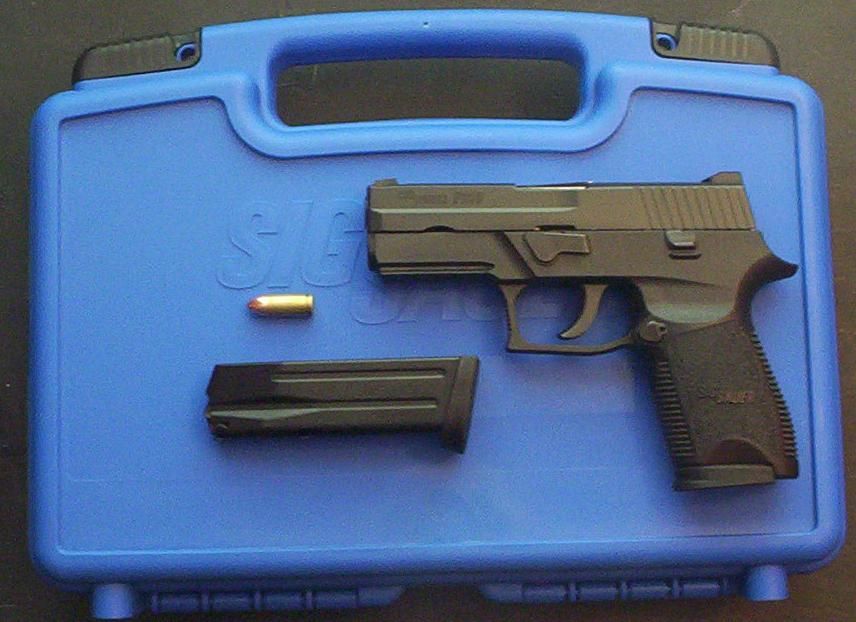
Photo by Joel7687 – Own work, CC BY-SA 3.0, Link
#2 – Sig Sauer P250, 9mm Para
Best For: No Experience, Unable/Unwilling to Improve Skills, certain Physical Handicaps (Low strength)
When the Sig P250 hit the U.S. market in late 2007, I was totally unimpressed by it except for its interesting and then unique modular design. The rest of the gun was uninspired: double-action only, a long, if light trigger, and that was pretty much it.
Shooting it did not yield any exemplary capability that made it anything more than a novelty to me, and much of the rest of the gun world responded in kind. It did see some government agency adoption here at home and abroad, but this was short lived in the face of other more capable guns.
All that being said, the P250 seems only a historical milestone, an also-ran on the path to the Sig Sauer P320 now newly adopted as the Army’s M17 handgun. This all hides one very pertinent perk, though: the P250 is very easy to load and shoot pretty well, while also being pretty dang safe thanks to its loooong, but smooth, trigger pull.
While it lacks a manual safety, seasoned shooters know that a “safer” trigger has more to do with the length of travel of the trigger than the weight of its pull; a longer travel means more feedback for a misplaced finger that something is happening, giving the shooter time to course-correct before getting to a bang, and also furnishing a degree of safety against an inanimate object entering the trigger guard and impinging on the trigger.
This is even nicer on the P250 because the trigger is otherwise pretty nice for a double-action only trigger, being smooth, hitch free and easy to manage all the way through the break. It is like the best of a DA revolver and semi-auto in one! In all other regards, the P250 is more or less a standard fullsize or service pistol: it carries plenty of ammo, has nice sights and also benefits from easily interchangeable grip modules that make the gun simple to tailor to most users’ hands.
While it is discontinued entirely as of 2018, there are still plenty of P250s, parts and mags floating around to make finding one comparatively simple and well worth your time if you or someone you know desires the perks of a service-caliber semi-auto pistol with an easy-to-use slide and trigger.
#1 – Ruger 22/45 Mark IV, .22LR
Best For: Nervous Nellies, No Experience
Ruger’s flagship .22 LR pistols are not just for plinking cans, punching paper and harvesting small game. The 22/45 series guns have always been vaunted because they combine the handling and shooting characteristics of a service handgun with the light recoil and easy operation of your typical .22. The result (though Ruger has delved into some pretty wild aesthetic choices) is a supremely capable pistol for anyone on our list of “needs help” shooters.
Instead of a slide, the 22/45 guns all utilize a bolt that features two prominent ears on either side of the gun. Combined with the easy cocking of the design and it will be a rare shooter that struggles with this handgun. 10 rounds of .22 LR are carried standard in the slim magazines and the entire package in most iterations is very slim and lightweight. The controls are easy to actuate with some practice, and a manual safety is standard.
The 22/45’s have always enjoyed a reputation as good shooters and the latest versions are no exception. Best of all, for those who may desire or require them from ailing eyes or concerns about bumps in the night, most variations can mount under barrel lights, lasers and optical sight as stock. All told, you enjoy the best in modern pistol design and theory in a light, easy-handling .22 LR.
Stoked with good, high-quality loads, these guns are surprisingly reliable and more than capable as defensive pieces. Don’t let the hot-rod looks and miniscule caliber fool you: these are serious workhorses.
Conclusion
No decent citizen who desires a gun for defense should be left out in the cold for lack of viable choices. Though they may be far from the mainstream shooting world’s conception of ideal defensive handguns, the choices presented above are all superb for overcoming common challenges faced by certain newcomers.
If you are a seasoned pro, take this knowledge and put it to good use should they turn to you for help. If you are a newbie yourself, have no fear: use what was presented in this article, head into your local gun shop and see which will work best for you.
With a little courage, a little practice and plenty of can-do, you will be getting rounds on target with confidence in no time.
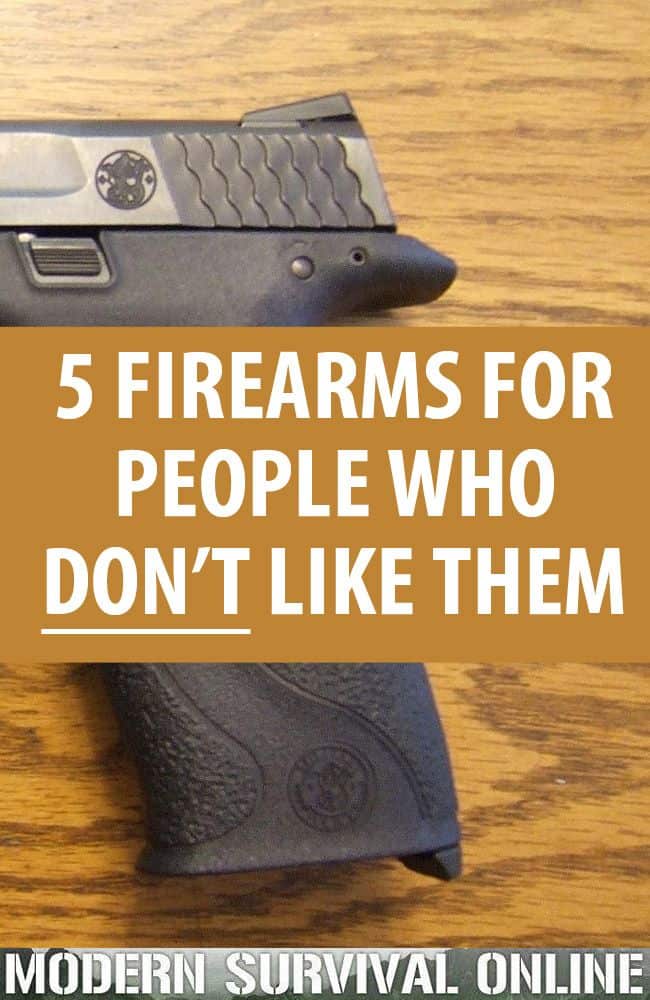
via Modern Survival Online http://bit.ly/2AmL0W2
